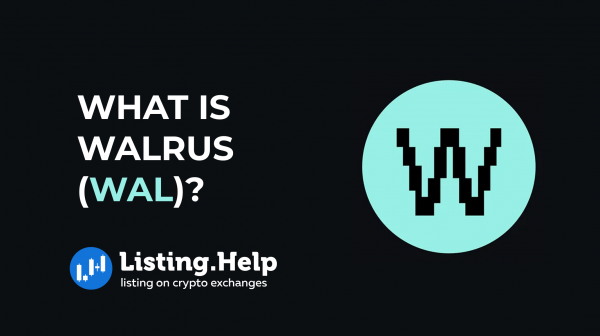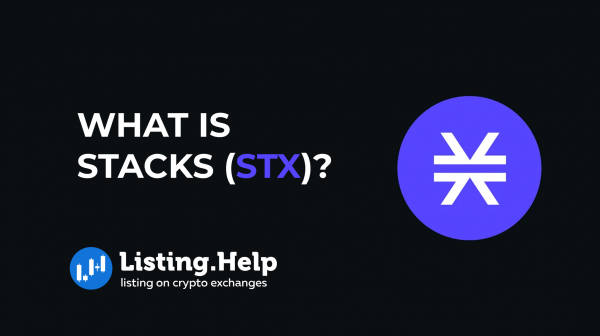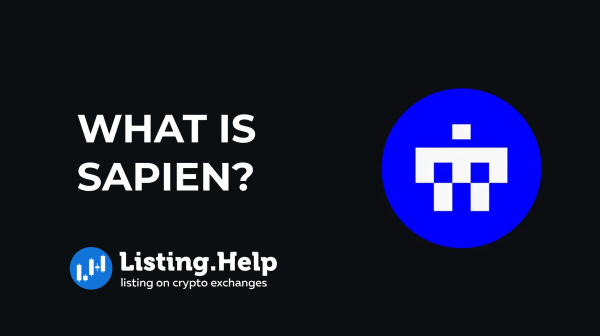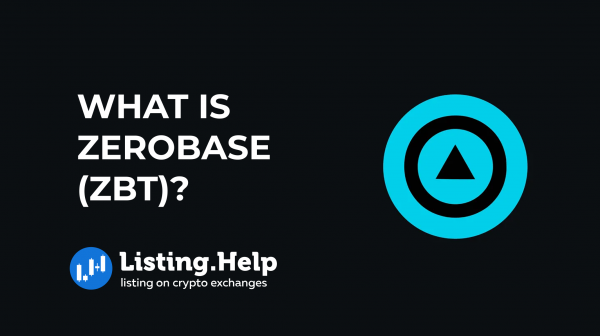What is Asset-referenced Token (ART) under the MiCA Regulation?
 July 24, 2024
July 24, 2024 Updated: January 26 2025, 07:15
Updated: January 26 2025, 07:15
LEAVE A REQUEST
Launching your own token project? Our experts are ready to help with listing on exchanges, market making, marketing and other solutions
SUBMIT APPLICATIONWhat is MiCA?
MiCA, short for “Markets in Crypto-Assets,” is a proposed set of regulations for the crypto-asset market within the European Union. This regulatory framework aims to standardize the rules for crypto-assets across EU member states, addressing the unique risks these assets present.
The regulations encompass a variety of crypto-assets, including cryptocurrencies, utility tokens, and security tokens. They apply to activities in both primary and secondary markets, covering issuance, trading, and the safekeeping of crypto-assets. Additionally, MiCA sets rules for certain service providers, such as trading platforms and custodial wallet providers.
A primary goal of MiCA is to safeguard investors and consumers who interact with crypto-assets. The regulation mandates several protective measures, including requirements for disclosure and transparency. It also implements strategies to prevent money laundering and the financing of terrorism.
Asset-referenced token (ART) Definition
An Asset-Referenced Token (ART) is a type of crypto-asset distinct from electronic money tokens. It aims to maintain a stable value by linking to another value, right, or a mix of both. This can include one or more official currencies.
Why Does It Matter?
Grasping the differences in crypto-assets is vital because it influences their regulatory treatment. E-Money Tokens and Asset-Referenced Tokens (ARTs), designed for stability, are governed by different rules compared to speculative crypto-assets like Bitcoin.
The broad definition of ARTs under MiCAR is intended to keep pace with the changing crypto environment. This flexibility allows for various reference assets, resulting in some ARTs experiencing more price fluctuations than others.
ARTs are mainly intended for transactions rather than investments, which means issuers and crypto-asset providers are not permitted to offer interest on ART holdings.
When Does a Token Have a Stable Value?
MiCAR defines an Asset-Referenced Token (ART) based on whether it is designed to maintain a stable value. Many types of tokens could potentially qualify as ARTs because they reference various assets. This could include tokens representing real-world objects, such as tokenized collectible playing cards or other fungible items. However, for a token to be classified as an ART, it must aim for value stability.
MiCAR does not provide a clear definition of “stable value,” making it unclear when a token meets this requirement. Simply linking a token’s value to a real-world object is not sufficient. While the token’s value can be determined by its reference object, it does not necessarily ensure stability.
Monitoring and Supervision of Asset-Referenced Tokens
Issuers of Asset-Referenced Tokens (ARTs) must register an office within the European Union (EU) to facilitate proper monitoring and supervision. Public offerings of ARTs or applications for trading in the EU are permitted only if the issuer has received authorization from the competent authority and the corresponding crypto-asset white paper has been approved.
However, this authorization is not required if:
1. The ARTs are exclusively for qualified investors, or
2. The public offering is below EUR 5,000,000.
Despite these exceptions, a crypto white paper must still be prepared to inform investors of potential risks, and the competent authorities must be notified before the ART is offered to the public.
Authorized credit institutions under Directive 2013/36/EU do not require additional authorization under MiCA to trade ARTs. If the competent authority believes that issuing a specific ART could jeopardize market stability or financial systems, the application must be denied. In such cases, the authority must inform the EBA, ESMA, ECB, and the central bank of the jurisdiction if the issuer operates in a Member State not using the euro.
Responsibilities of Retail Holders and Issuers of Asset-Referenced Tokens
Issuers and retail holders must provide ART holders with complete and transparent information, avoiding misleading or unfair content. White papers should detail how the ART is stabilized, including its peg, reserve assets, custody arrangements, and holder rights.
Issuers are required to regularly update and publish the following on their website:
1. The number of ARTs in circulation,
2. The value and composition of the reserves,
3. Any events that could significantly affect the ARTs’ valuation or reserves.
Additionally, retail holders and issuers must establish procedures for handling complaints and act with integrity at all times. A policy to manage conflicts of interest is also necessary.
A robust governance structure with clear organizational frameworks and transparent lines of responsibility must be in place to identify, manage, monitor, and report risks. Management members must be free of convictions related to money laundering or terrorist financing. Similarly, shareholders or members with qualifying holdings must have no such convictions.
Issuers should allocate resources proportionate to their activities, ensure operational continuity, and implement business continuity policies. Strong internal controls and effective risk management procedures are essential, along with maintaining the integrity and confidentiality of information. These measures aim to protect token holders, particularly retail investors, while ensuring smooth operations.
Segregation of Assets
To protect Asset-Referenced Tokens (ARTs) and preserve their value, issuers must establish a robust custody policy for reserve assets. This policy ensures that reserve assets are fully segregated from the issuer’s own assets, cannot be encumbered or used as collateral, and are readily accessible. Reserve assets can be held by a crypto-asset service provider (CASP), an authorized credit institution under Directive 2013/36/EU, or an investment firm under Directive 2014/65/EU. Custody of physical assets may be delegated to another entity. Custodians are responsible for any loss of reserve assets unless it is due to an uncontrollable external event.
Holders of ARTs have the right to redeem them at any time. The issuer must fulfill redemption requests either by paying an amount equivalent to the market value of the referenced assets or by delivering the assets themselves. Holders must be able to redeem funds in a currency other than electronic money, matching the currency used during the token sale. The issuer is required to provide clear and easily understandable information about redemption options.

For more insights and updates on the crypto world, don’t forget to check out our blog at Listing.Help.




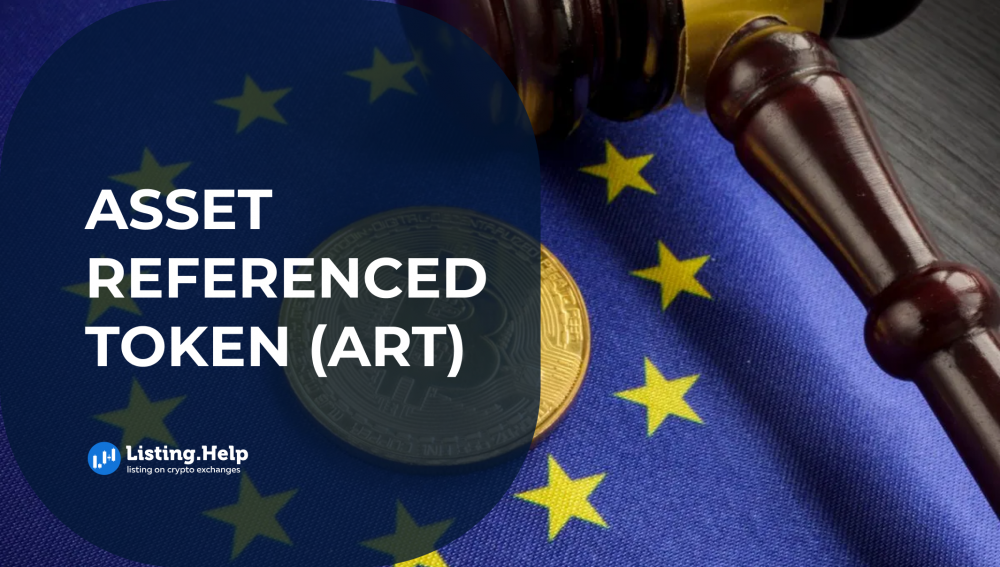

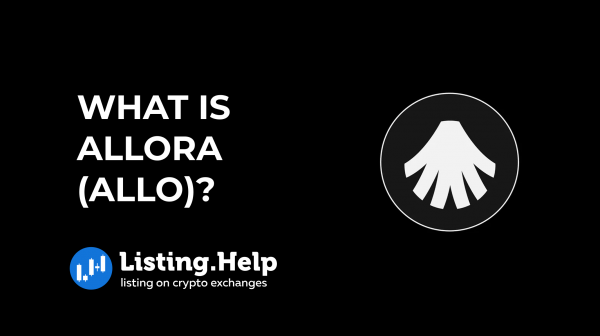
 December 29, 2025
December 29, 2025 
